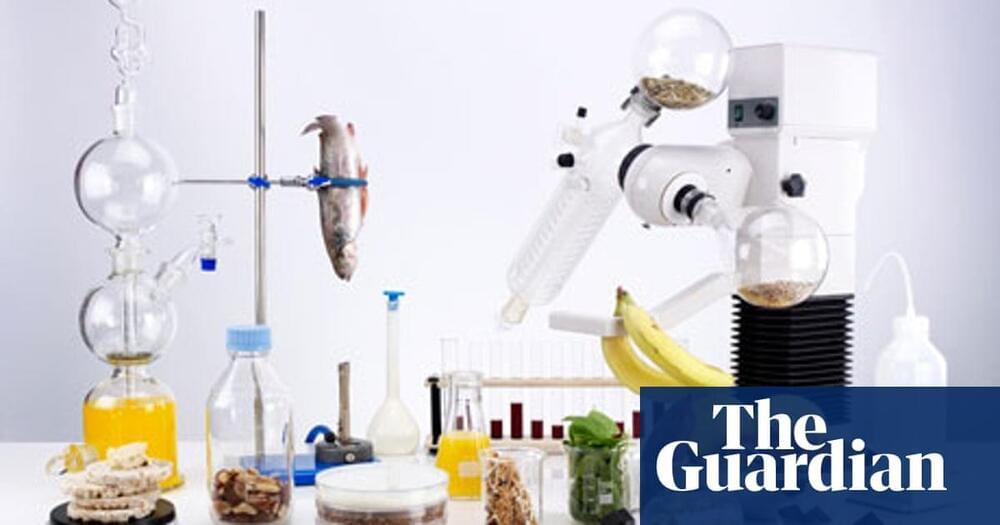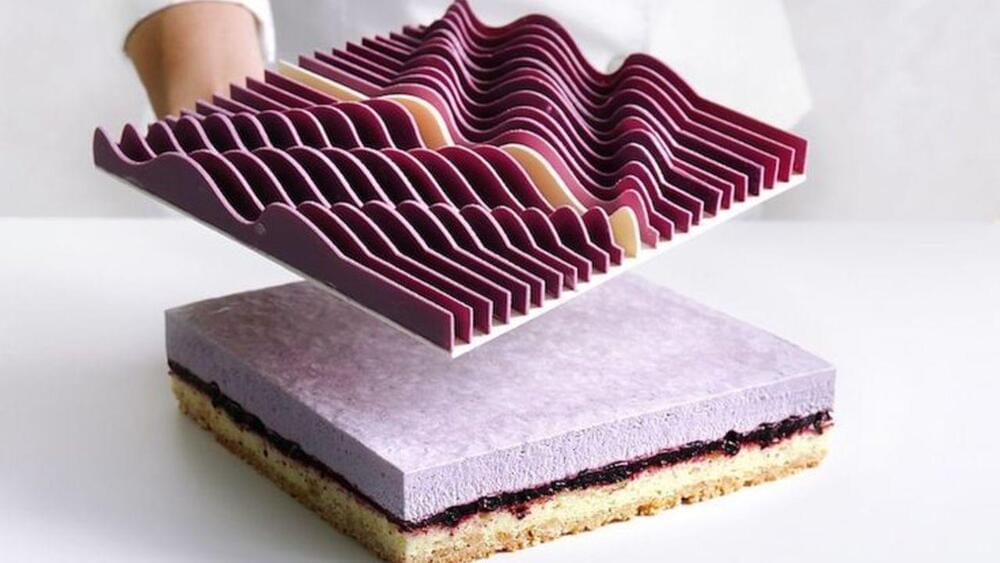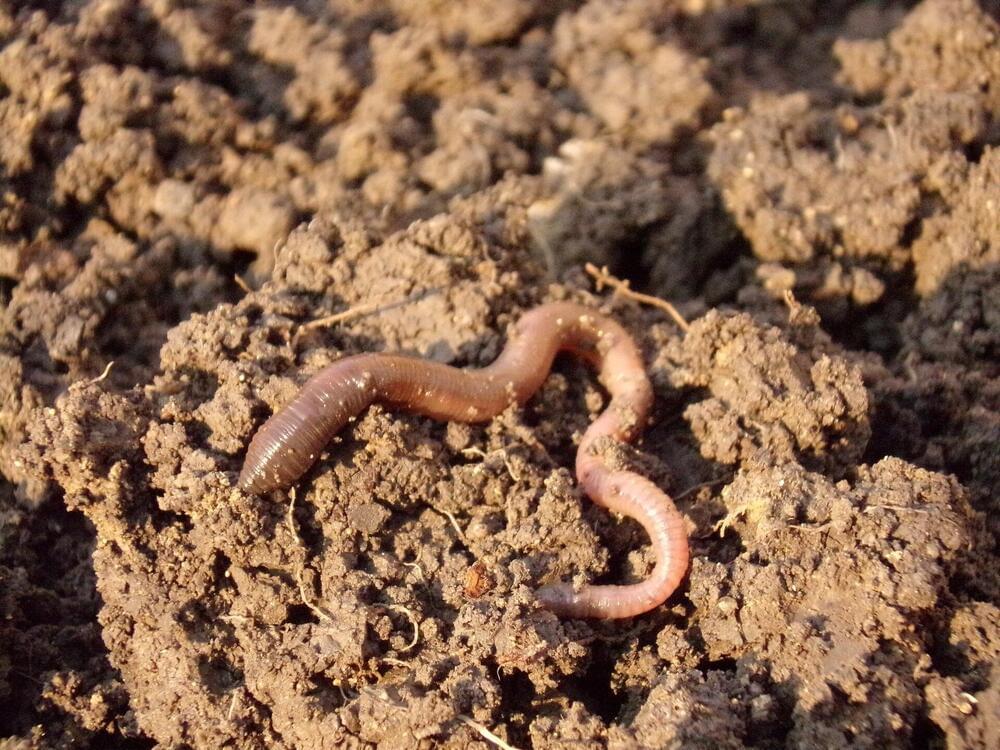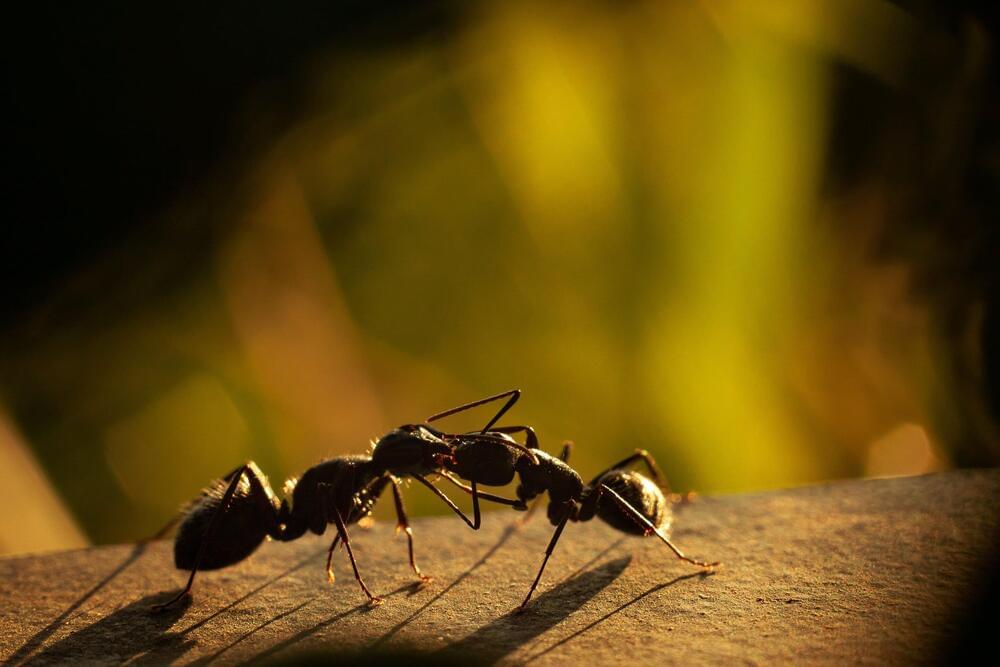Circa 2013 o.o
Katharine Sanderson answers the big questions about the tiny technology on its way to your plate.



In remote desert locations, at least two things are likely to be lacking: an electrical grid, and a source of water for agriculture. An experimental new system addresses both problems, by combining photovoltaic panels with an absorbent hydrogel.
Developed by scientists at Saudi Arabia’s King Abdullah University of Science and Technology (KAUST), the setup is known as the integrated water-electricity-crop co-production system – or WEC2P, for short.
It incorporates an array of connected photovoltaic panels, each one of which lies directly atop a layer of hydrogel. Both the panel and the gel form the lid of a downward-sloping metal box, which has a spout at the bottom.


With the war in Ukraine raging and gas and energy prices climbing across world markets, there is one piece of good news for European energy markets.
Economists from Poland’s state Pekao bank are reporting a large reduction on the price of CO2 emission certificates. The prices have fallen dramatically from €95 to €62 per ton. This is especially good for countries like Poland, which are forced to pay a premium for energy derived from “dirty” sources like coal. The fall in the price of this “tax” is expected to make the cost of energy especially more bearable for many of Europe’s poorer nations.
The CEO of Poland’s Development Fund, Paweł Borys, also commented on the issue on Twitter. “It is significant how CO2 prices have collapsed, falling by 30 percent since they peaked in February. This is good news, as it means that electricity prices may fall, thereby reducing inflationary pressure that have been exacerbated by hikes in oil and food prices.”
Space worms.
Two young worms are the first offspring in a Mars soil experiment at Wageningen University & Research. Biologist Wieger Wamelink found them in a Mars soil simulant that he obtained from NASA. At the start he only added adult worms. The experiments are crucial in the study that aims to determine whether people can keep themselves alive at the red planet by growing their own crops on Mars soils.
To feed future humans on Mars a sustainable closed agricultural ecosystem is a necessity. Worms will play a crucial role in this system as they break down and recycle dead organic matter. The poop and pee of the (human) Martian will also have to be used to fertilise the soil, but for practical and safety reasons we are presently using pig slurry. We have since been observing the growth of rucola (rocket) in Mars soil simulant provided by NASA to which worms and slurry have been added. ‘Clearly the manure stimulated growth, especially in the Mars soil simulant, and we saw that the worms were active. However, the best surprise came at the end of the experiment when we found two young worms in the Mars soil simulant’, said Wieger Wamelink of Wageningen University & Research.
‘The positive effect of adding manure was not unexpected’, added Wamelink, ‘but we were surprised that it makes Mars soil simulant outperform Earth silver sand’. We added organic matter from earlier experiments to both sands. We added the manure to a sample of the pots and then, after germination of the rucola, we added the worms. We therefore ended up with pots with all possible combinations with the exception of organic matter which was added to all of the pots.

Earthworms could have the potential to replace some high-cost mineral/synthetic fertilizers, new research suggests.
Researchers at University College Dublin have unearth fresh insight into the soil dweller’s importance for crops taking up nutrients.
The findings suggest a shortcut in the soil nitrogen cycle not previously recognized in which earthworms, when they are active, rapidly enrich soil and plants through nitrogen excreted in their mucus.

Engineers sometimes turn to nature for inspiration. Cold Spring Harbor Laboratory Associate Professor Saket Navlakha and research scientist Jonathan Suen have found that adjustment algorithms—the same feedback control process by which the Internet optimizes data traffic—are used by several natural systems to sense and stabilize behavior, including ant colonies, cells, and neurons.
Internet engineers route data around the world in small packets, which are analogous to ants. As Navlakha explains, “The goal of this work was to bring together ideas from machine learning and Internet design and relate them to the way ant colonies forage.”
The same algorithm used by internet engineers is used by ants when they forage for food. At first, the colony may send out a single ant. When the ant returns, it provides information about how much food it got and how long it took to get it. The colony would then send out two ants. If they return with food, the colony may send out three, then four, five, and so on. But if ten ants are sent out and most do not return, then the colony does not decrease the number it sends to nine. Instead, it cuts the number by a large amount, a multiple (say half) of what it sent before: only five ants. In other words, the number of ants slowly adds up when the signals are positive, but is cut dramatically lower when the information is negative. Navlakha and Suen note that the system works even if individual ants get lost and parallels a particular type of “additive-increase/multiplicative-decrease algorithm” used on the internet.

According to the research program’s abstract:
“The specific aim of the research program was to examine the feasibility of controlling the behavior of a dog, in an open field, by means of remotely triggered electrical stimulation of the brain. The report describes such a system which depends for its effectiveness on two properties of electrical stimulation delivered to certain deep lying structures of the dog brain: the well-known reward effect, and a tendency for such stimulation to initiate and maintain locomotion in a direction which is accompanied by the continued delivery of stimulation. Experiments on the parameters of stimulation are described, in addition to an experiment on the ability of a conventional reinforcer, food, to disrupt ongoing, free field behavior under the control of rewarding brain stimulation. Finally, supporting research employing albino rats is summarized. (Author)”
One document was released by the CIA in late 2018 after a FOIA request by The Black Vault. The document, redacted in some parts with details missing, highlighted the research of creating remote control dogs using implants on the brain. The record’s release was specifically highlighted by Newsweek, which as a result, was picked up by many other outlets.
Progress, Potential, And Possibilities has had another busy month! — Come subscribe & enjoy all of our fascinating guest who are creating a better tomorrow! #Health #Longevity #Biotech #Space #AI #Technology #Medicine #Entertainment #Energy #Regeneration #Environment #Sustainability #Food #Innovation #Future #Defense #STEM #Aging #IraPastor
Interviews and Discussions With Fascinating People Who are Creating A Better Tomorrow For All Of Us — Host — Ira S. Pastor.